
Now available
Gagosian Quarterly Spring 2025
The Spring 2025 issue of Gagosian Quarterly is now available, featuring Cy Twombly’s Paesaggio (1986) on the cover.
Summer 2018 Issue
Anne Boyer, the inaugural winner of the Cy Twombly Award in Poetry, composes a poem in response to Twombly’s Aristaeus Mourning the Loss of His Bees (1973) and introduces a portfolio of the painter’s works accompanied by the poems that inspired them.

Cy Twombly, Untitled, 1990, acrylic, wax crayon, and pencil on handmade paper, 30 ⅝ × 21 ⅝ inches (77.8 × 54.8 cm)
Cy Twombly, Untitled, 1990, acrylic, wax crayon, and pencil on handmade paper, 30 ⅝ × 21 ⅝ inches (77.8 × 54.8 cm)
To read and to make nothing is to make a cathedral of oneself, the invisible kind that has no use for the general worship, points to no god but the one that is lost. That cathedral is fragile, always degrading, exhausting to repair, lost when a life is. To live quietly, inactive, and alone with all one’s hoarded reading is to live with a mind that is both alien and overcrowded, to exchange one’s thoughts for Homer’s or Keats’s, the dead poets always going on about Achilles or idleness or the sea.
To read and to make nothing, too, is to live in a lapsing ecology, all impressions out of balance, input and output disrupted, any possible equilibrium always impossible. To read and make nothing—no conversation, no further literature, no instruction, no notes—is to have only half-read, the necessarily transmutable untransmuted, all materials that exist most fully in their realization perpetually left unrealized.
But to read and make something—in Cy Twombly’s case an entire art, from beginning to end—is to have read the literature all the way through. Cy Twombly’s work is the work of a total reader. His work is marginalia so amplified that the world itself—the sea, wars, grief, love—is all text, and any flat surface the margins to which he is compelled.
Reading is a process of the body, the object of a book or page in hand, words entering through the eyes, the entered words then creating impressions and sensations, these sensations then resulting in the reader’s gestures—now you move your eyes, now you have wanted something, now you turn the page, now you have felt, now you make a mark with your pen. Any gesture a reader makes is as biological and responsive as any other act of love, and Twombly’s work is to date that love’s—the readerly kind’s—most ardent and realized expression.
Many people who love poetry as much as Cy Twombly did can only approach the enormity of this love by making more poetry. To write more poetry always seems—at least to the poets I know—like a failed expression of love for poetry. A poet is always falling short of her poem, but Twombly bypassed the poet’s always surprised failure by knowing from the start that this failure is a precondition of this love. What Twombly did in the perfect face of poetry is gesture, again and again, in humble and perseverating devotion to an art that, of all of them, always exceeds itself. His gestures, like any lover’s, are evidence that he was moved, and moving, but beyond that love, he knew not toward what. And this space beyond knowing—what Keats once called “negative capability”—is the real site of any poem.
Cy Twombly’s is a response to poetry that could neither accept the degradations of making nothing from his love nor perform the hubris of pretending that poetry will ever live up to poetry. It is no wonder, then, that the poets love Cy Twombly, who seems at all times to stand both among us and apart from us. No matter how far Twombly’s practice gets dislocated from its roots in poetry by a marketplace that prefers to understand art in the diminishment of money and not in the amplitudes of love, every work by Cy Twombly is an irrefutable act of devotion to an art—poetry—that in its very substance repels this materiality.
Artwork © Cy Twombly Foundation
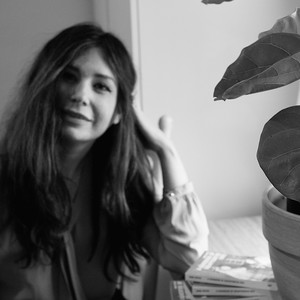
The poet and essayist Anne Boyer is the inaugural winner of the Cy Twombly Award for Poetry, from the Foundation for Contemporary Arts, and a 2018 Whiting Award winner. Her latest book, The Undying (2019), won the 2020 Pulitzer Prize in General Nonfiction.

The Spring 2025 issue of Gagosian Quarterly is now available, featuring Cy Twombly’s Paesaggio (1986) on the cover.

Jenny Saville reflects on Cy Twombly’s poetic engagement with the world, with time and tension, and with growth in this excerpt from her Marion Barthelme Lecture, presented at the Menil Collection, Houston, in 2024.

Eleonora Di Erasmo, cocurator of Un/veiled: Cy Twombly, Music, Inspirations, a program of concerts, video screenings, and works by Cy Twombly at the Fondazione Nicola Del Roscio, Rome, reflects on the resonances and networks of inspiration between the artist and music. The program was the result of an extensive three-year study, done at the behest of Nicola Del Roscio in the Rome and Gaeta offices of the Cy Twombly Foundation, intended to collect, document, and preserve compositions by musicians around the world who have been inspired by Twombly’s work, or to establish an artistic dialogue with them.

In 2020, the Museum of Fine Arts, Boston, announced their plan for a survey of Cy Twombly’s artwork alongside selections from their permanent ancient Greek and Roman collection. The survey was postponed due to the lockdowns necessitated by the coronavirus pandemic, but was revived in 2022 with a presentation at the J. Paul Getty Museum in Los Angeles from August 2 through October 30. In 2023, the exhibition will arrive at the Museum of Fine Arts, Boston. The curator for the exhibition, Christine Kondoleon, and Kate Nesin, author of Cy Twombly’s Things (2014) and advisor for the show, speak with Gagosian director Mark Francis about the origin of the exhibition and the aesthetic and poetic resonances that give the show its title: Making Past Present.
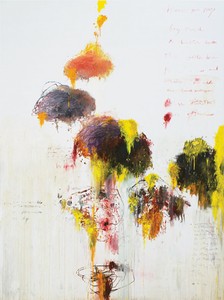
Thierry Greub tracks the literary references in Cy Twombly’s epic painting of 1994.
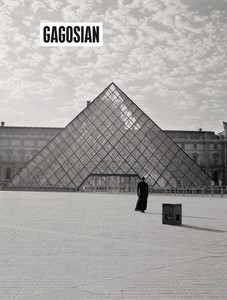
The Summer 2021 issue of Gagosian Quarterly is now available, featuring Carrie Mae Weems’s The Louvre (2006) on its cover.

The Spring 2021 issue of Gagosian Quarterly is now available, featuring Gerhard Richter’s Helen (1963) on its cover.

Bobbie Sheng explores the symbiotic relationship between the poet and visual artists of his time and tracks the enduring influence of his poetry on artists working today.
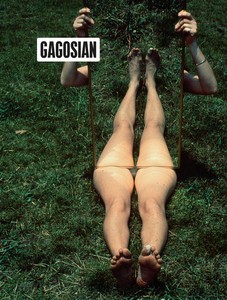
The Summer 2020 issue of Gagosian Quarterly is now available, featuring Joan Jonas’s Mirror Piece 1 (1969) on its cover.

London’s River Café, a culinary mecca perched on a bend in the River Thames, celebrated its thirtieth anniversary in 2018. To celebrate this milestone and the publication of her cookbook River Café London, cofounder Ruth Rogers sat down with Derek Blasberg to discuss the famed restaurant’s allure.
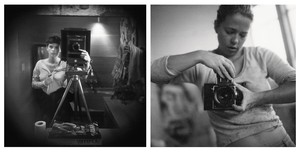
The two artists discuss being drawn to difficult subjects, the effects of motherhood on their practice, embracing chance, and their shared adoration of Cy Twombly.
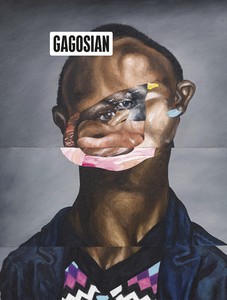
The Fall 2019 issue of Gagosian Quarterly is now available, featuring a detail from Sinking (2019) by Nathaniel Mary Quinn on its cover.